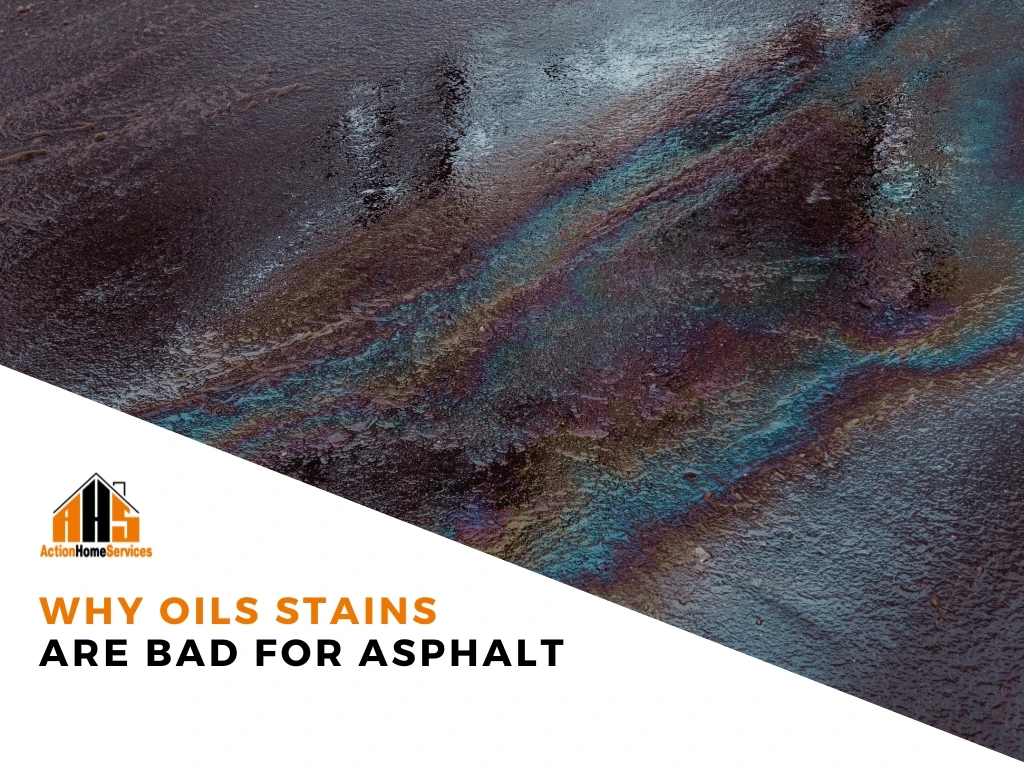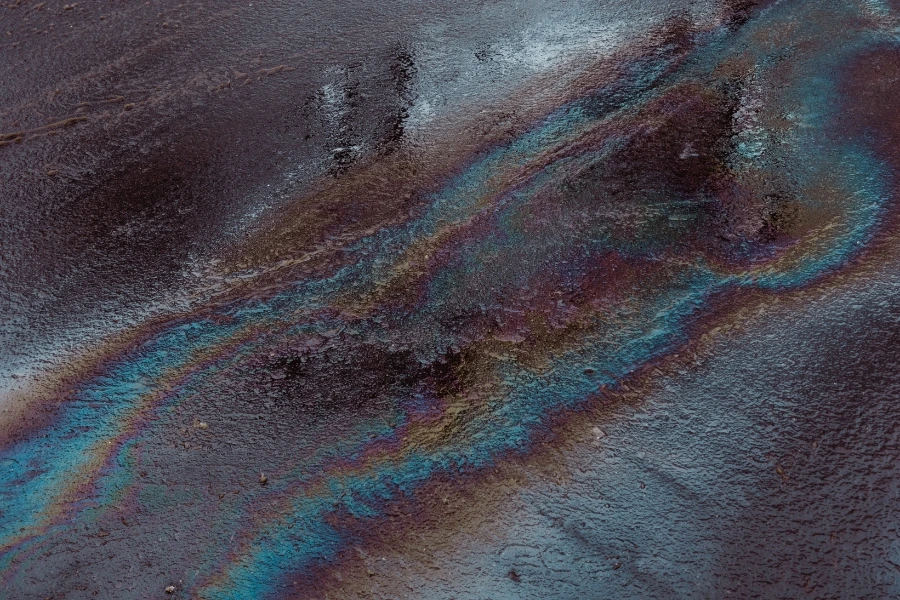
Yes, oil staining is extremely harmful to asphalt paving. While it may be an aesthetic thing at first, it can quickly turn into something more serious like permanent damage. Things like car leaks are the source of these oil spills which we don’t want. Not to worry - if you want to get rid of those pesky oil stains, here’s what you need to know.
Why Oil Stains Are a Real Issue
Asphalt looks tough, and for the most part, it is. But it’s made with a kind of glue called bitumen, which comes from petroleum. Oil, also a petroleum product, reacts with it. When oil spills and stains your asphalt, it weakens the binder that holds everything together.
Now, this is where it gets reactive:
- Soft spots form: The surface starts to lose its strength where the oil is soaked in.
- Cracking: Weakened asphalt can’t hold up to weight and weather like it used to.
- Erosion: Water gets into those cracks, especially in cold weather, and breaks things apart even more.
- Potholes: Over time, those cracks widen and chunks of asphalt start breaking away.
And the longer you leave the oil there, the worse the damage gets. Oil keeps seeping in, breaking down the asphalt from the surface all the way through the base layer.
Spotting Asphalt Oil Damage Early
By catching problems early, there’s less risk in the long term. Some things you can watch for include:
- Fresh oil spots that don’t go away after rain
- Soft patches on the surface
- Small cracks are forming around a dark area
- A section of asphalt that looks a bit different with glossy or faded textures
Catching these signs early means you can fix the problem before it turns into something bigger.
How Can I Prevent Oil Stains on Asphalt?
Preventing oil damage is a lot easier than fixing it. Here are a few things you can do:
- Seal your surface regularly: A sealed surface is better protected against spills. A good sealant should be applied every 2 to 3 years, depending on wear.
- Keep absorbents nearby: If you have vehicles or equipment on asphalt regularly, keep cat litter, sand, or oil absorbent ready for spills.
- Check for leaks: If you have a car or truck that leaks oil, fix it. Until then, use a drip pan or place cardboard under it.
- Clean as you go: Even small oil stains can build up over time. Cleaning them right away prevents long-term damage.
The Pros are Here
If the oil’s been there a while and you’re already seeing cracks or sinking spots, it’s time to call someone who knows what they’re doing. AHS has experience dealing with oil staining on asphalt, including deep cleaning, sealing, and repair.
We can assess the damage and recommend the best asphalt repairs - whether it’s surface-level treatment or removing and replacing a section of asphalt entirely.
What Happens If I Don't Fix It?
With oil staining on asphalt, there is no “out of sight, out of mind”. Ignoring it actually makes it worse. Here’s what you can expect:
- Cracks will grow and let in water
- Sections of the asphalt will start to sink or break off
- Repairs will be more expensive and take longer later on
- You could end up needing a full replacement if the base layer is damaged
It’s a small problem that turns into a big one fast. Dealing with it early saves money and keeps the surface in good condition.
Final Thoughts
Oil stains on asphalt are more than just cosmetic. They break down the material and can cause damage. If you spot oil staining, clean it up right away, seal the area, and check for signs of deeper damage. And if it’s beyond a simple fix, contact AHS. They can help protect your surface and take care of any repairs before it gets worse.



